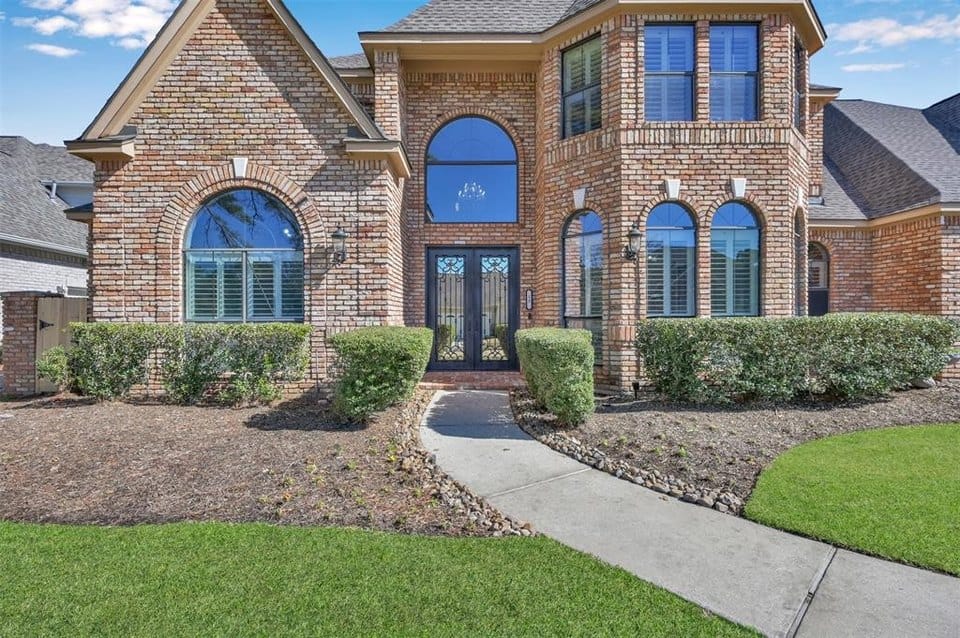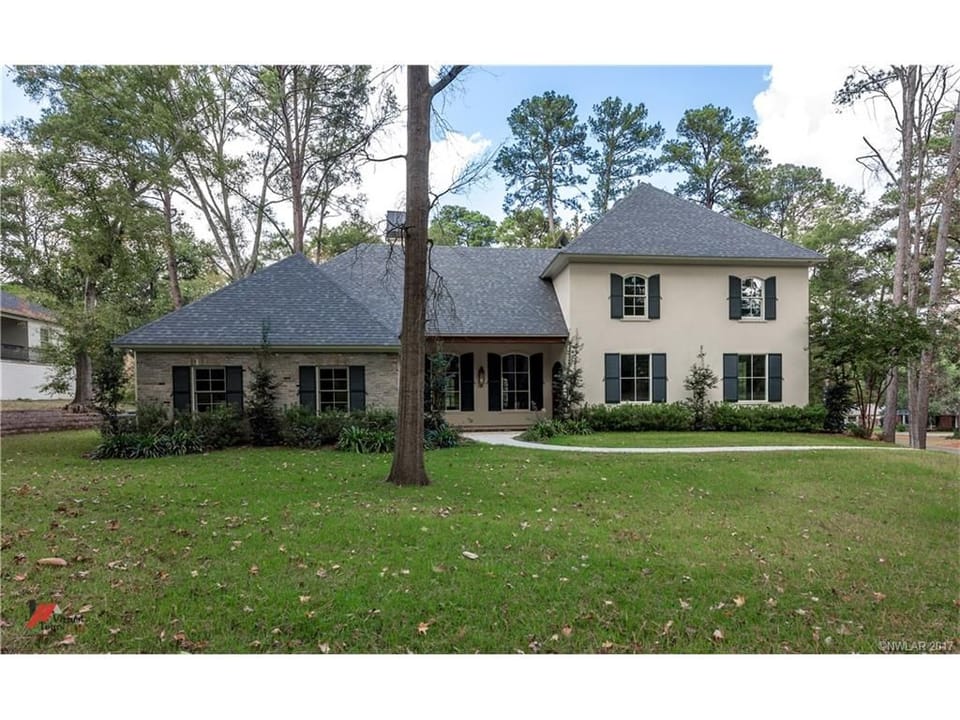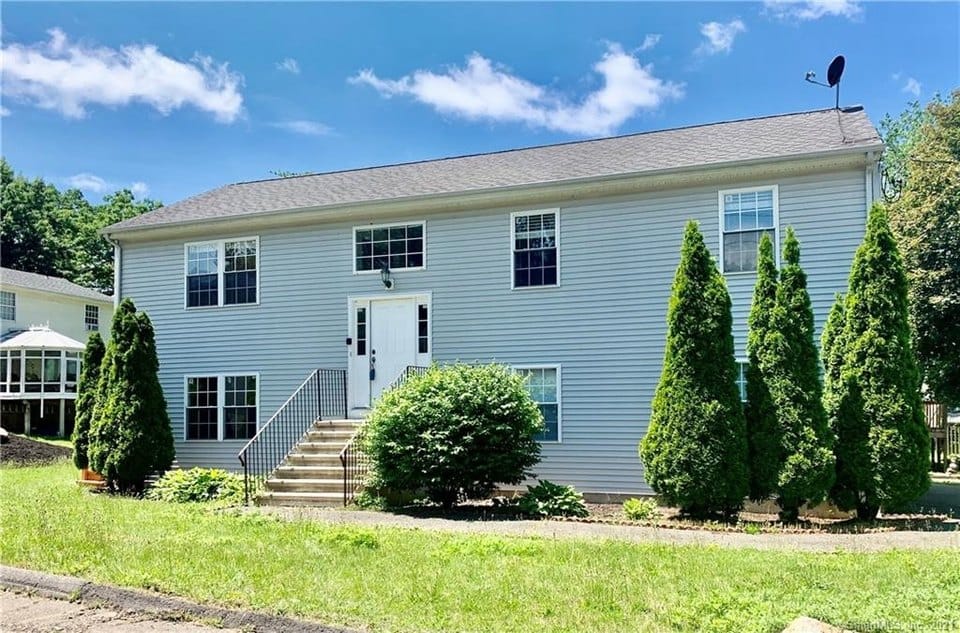Boston Metro Area Housing Market: September 2024 Analysis

The Boston, MA metro area housing market in September 2024 presents a complex landscape with varying trends across different metrics. The Median Sales Price has decreased by 3.5% year-over-year, settling at $704,392.50. This decline contrasts with the Median List Price, which has risen by 11.7% to $769,900.00, indicating a potential gap between seller expectations and buyer willingness.
In terms of Price Per Square Foot, the Median Sales Price per square foot has seen a modest increase of 2.3%, reaching $402.12. Meanwhile, the Median List Price per square foot has grown by 4.9%, now at $429.68. These figures suggest a slight upward pressure on pricing, despite the overall decrease in the Median Sales Price.
The number of Homes Sold in the Boston metro area has experienced a slight decline of 0.6% year-over-year, with 3,044 Homes Sold in September 2024. However, Pending Sales have surged by 10.4%, totaling 3,679, which may indicate a future uptick in closed transactions. New Listings have increased significantly by 15.9%, reaching 5,169, contributing to a 14.8% rise in inventory, now at 6,752 homes.
The Months of Supply, a critical indicator of market balance, has increased by 30.0% to 2.20 months. This suggests a shift towards a more balanced market, although it still leans towards favoring sellers. The Median Days on Market have remained relatively stable, with a slight increase of 1.0%, now at 21 days.
The average sale to list ratio has decreased by 1.2% to 100.9%, indicating that homes are selling slightly closer to their list prices compared to last year. The percentage of Homes Sold above list price has dropped by 7.5%, now at 48.0%, reflecting a cooling in competitive bidding scenarios. Price Drops have increased by 3.6%, affecting 27.7% of listings, which may be a response to the elevated list prices.
Finally, the percentage of homes going off the market within two weeks has decreased by 3.5%, now at 59.8%. This suggests a slight slowdown in the pace at which homes are being snapped up, possibly due to the increased inventory and higher list prices.





Start the discussion
Become a member of Crib Metrics - Fresh Housing Market Insights and Analysis to start chatting with our AI Real Estate Market Analyst about the article Boston Metro Area Housing Market: September 2024 Analysis
Already a member?